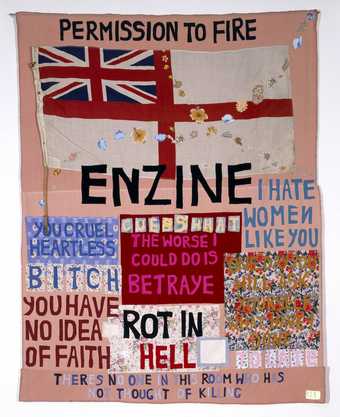Due to the coronavirus pandemic, the jury of the cancelled 2020 Turner Prize has selected 10 artists to receive ┬Ż10,000 bursaries. The artists were chosen for their significant contributions to new developments in British contemporary art.
'Following a lively and rigorous virtual debate, the jury has settled on a list of ten fantastic artists who reflect the exceptional talent found in contemporary British art. From ceramics to film, performance to photography, they represent the many exciting and interdisciplinary ways that artists work today. These bursaries represent a vote of confidence in that work and offer some much-deserved support in challenging times.'
ŌĆō Alex Farquharson, Director of Tate Britain
The Turner Prize will return to its exhibition format in 2021.
The Turner Bursaries are generously supported by John Booth, Catherine Petitgas and The Ampersand Foundation.
Arika
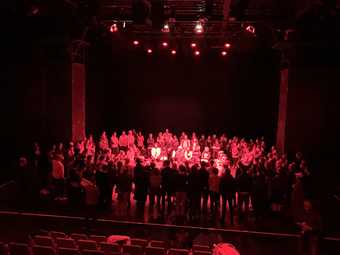
boychild, Untitled Hand Dance, at ArikaŌĆÖs Episode 10: A Means Without End, Tramway, Glasgow 2019.
Photo Barry Esson.
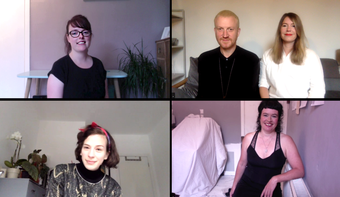
Photo of Arika on Zoom
Courtesy the artists
Arika is a political arts organisation based in Edinburgh who since 2001 have organised projects supporting connections between art and social change. Arika was selected by the jury for their innovative project Episode 10: A Means Without End presented at Tramway, Glasgow. The project was a 5-day programme of performances, discussions, screenings and study sessions exploring ideas in maths and physics as analogies for the desires and struggles of social life and existence.
Liz Johnson Artur
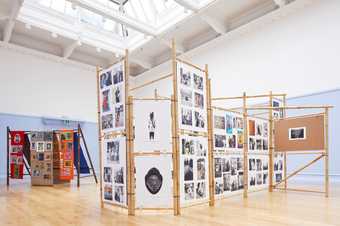
Installation view of Liz Johnson Artur: If you know the beginning, the end is no trouble at the South London Gallery, 2019
Photo: Andy Stagg
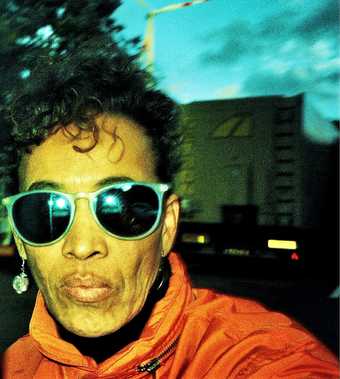
Liz Johnson Artur
Courtesy the artist
Liz Johnson Artur is a Ghanaian-Russian photographer based in London. For over thirty years she has been photographing the lives of people from the African diaspora in an ongoing project titled the Black Balloon Archive. The jury praised this body of work, in particular the exhibition at the South London Gallery If you know the beginning, the end is no trouble, which focused on her photographs of Black British life including Black-majority churches and non-binary club nights, presented in a series of installations.
Oreet Ashery
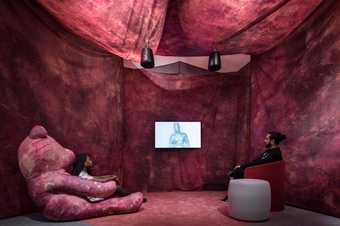
Revisiting Genesis (2016) at "Misbehaving Bodies: Jo Spence and Oreet AsheryŌĆØ at the Wellcome Collection, London, 2019.
Image courtesy of the artist and the Wellcome Collection, London.
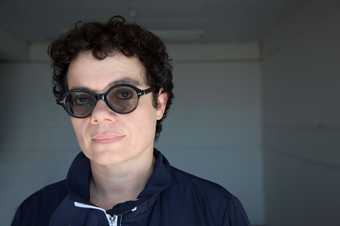
Oreet Ashery
Photograph: Christa Holka
Oreet Ashery is a London-based artist whose projects include moving image, performance, photography, workshops, writing and assemblages. AsheryŌĆÖs work explores issues of gender, autoethnography, fiction, biopolitics and community. She was selected for her contribution to Misbehaving Bodies: Jo Spence and Oreet Ashery at the Wellcome Collection, which explored lived experiences of care and chronic illness. The jury were particularly moved by her new film Dying Under Your Eyes and the innovative web series Revisiting Genesis following two nurses who assist people actively preparing for death to create biographical slideshows serving as their posthumous digital legacy.
Shawanda Corbett
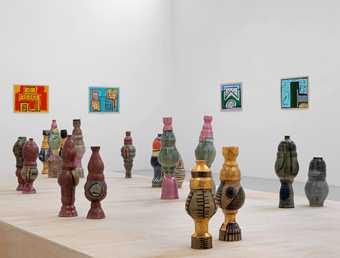
Neighbourhood Garden
Courtesy: The Artistand Corvi-Mora, London Photo: Marcus┬ĀLeith
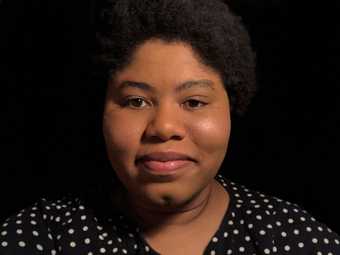
Shawanda Corbett
Courtesy the artist
Shawanda Corbett is an Oxford-based artist whose expansive practice combines ceramics, paintings and performance to question the idea of the ŌĆścompleteŌĆÖ body. Each of her hand-thrown ceramic vessels are inspired by real people and are frequently incorporated into politically charged performances in which CorbettŌĆÖs own body leaves traces on the pottery vessels and surfaces. The jury commended the power of her performance Blackbird Mississippi at the Serpentine Gallery in which the artist drew parallels between a slaveŌĆÖs voyages on the underground railroad to the artistŌĆÖs own journey towards rehabilitation. The jury also noted the current exhibition of jazz-inspired paintings and hand-thrown ceramics Neighbourhood Garden at Corvi-Mora, London.
Jamie Crewe
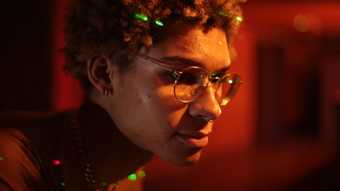
Jamie Crewe ŌĆ£The Ideal BarŌĆØ ŌĆō ŌĆ£Le NarcisseŌĆØ ŌĆō ŌĆ£AlecŌĆÖsŌĆØ (2020), still
Courtesy the artist and copyright Jamie Crewe
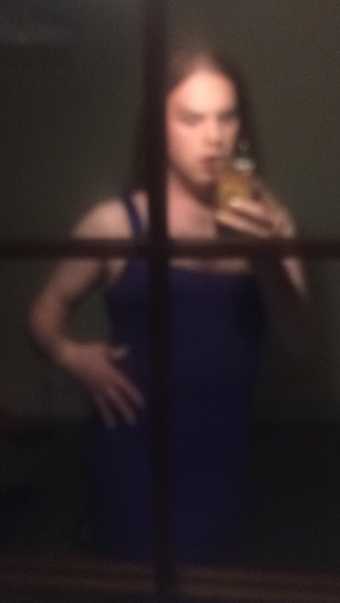
Jamie Crewe
Courtesy the artist
Glasgow-based artist and singer Jamie Crewe uses video, sculpture, drawing and text to probe ideas of identity, power, desire, community and history. Crewe was selected for their ŌĆśsisterŌĆÖ exhibitions at the Grand Union in Birmingham and the Humber Street Gallery in Hull. These were inspired by Radclyffe HallŌĆÖs 1928 novel The Well of Loneliness and its lasting impressions on generations of LGBTQIA+ people. The jury particularly praised CreweŌĆÖs dynamic and poetic retellings of mythology and literature while exploring contemporary notions of gender.
Sean Edwards
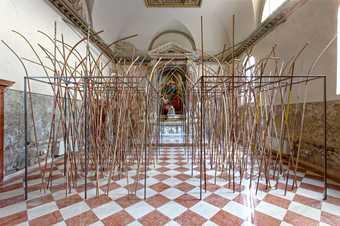
Sean Edwards, Undo Things Done (Wales in Venice), 2019 in parallel with the past i-iv, 2019, UV curable ink printed direct to medium density fibreboard substrate, perforated hardboard, plywood, hardboard, automotive spray paint, graphite, colouring pencil, household emulsion, plywood, wood glue and steel. Photograph: Jamie Woodley. Image Courtesy the Artist and Tanya Leighton gallery, Berlin.
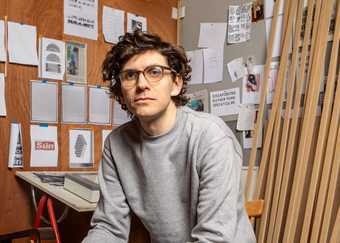
Sean Edwards
Photograph by Antonio Olmos
Sean Edwards is a Cardiff-based artist who intertwines simple sculptural objects and mixed media installations with personal family histories. Edwards was selected for his installation Undo Things Done for the Welsh Pavilion at the 2019 Venice Biennale, which addressed austerity, class, shame and loss. Responding to his own experiences of growing up on a council estate, the work included a live radio play spoken by his mother from Cardiff and a video of shuffling dominoes evoking memories of his father.
Sidsel Meineche Hansen
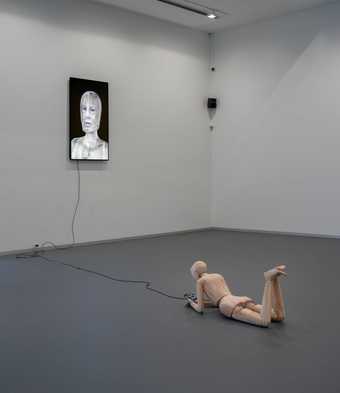
Sidsel Meineche Hansen, Difficult to work with? ( An ArtistŌĆÖs Guide to Stop Being An Artist), (detail) intercom panel in stainless steel and mechanical latch, digital mobile app, animated avatar and digital video with sound, life-size figure carved in wood with ball joints in stainless steel, 2019.
Installation view, Sidsel Meineche Hansen, An ArtistŌĆÖs Guide to Stop Being An Artist, Statens Museum for Kunst, National Gallery of Denmark, Copenhagen, 2019. Photo: Anders Sune Berg. Image Courtesy the Artist and Rodeo, London / Piraeus.
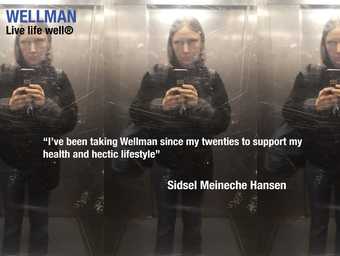
Sidsel Meineche Hansen
Courtesy the artist
London-based artist Sidsel Meineche Hansen investigates the ways in which virtual, robotic and human bodies are manufactured and manipulated in todayŌĆÖs technology-driven, capitalist society. With particular attention to the pharmaceutical, pornographic, gaming and tech industries, Meineche Hansen explores how these different bodies relate to human labour. The jury noted the innovative use of VR and AR in her work and praised her exhibitions Welcome to End-Used City at Chisenhale Gallery and An Artist's Guide to Stop Being An Artist, at the National Gallery of Denmark.
Ima-Abasi Okon
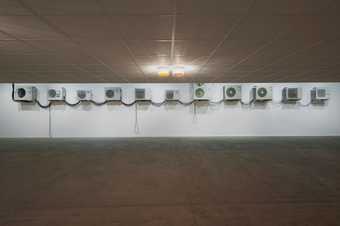
Ima-Abasi Okon,
Infinite Slippage: nonRepugnant Insolvencies T!-a!-r!-r!-y!-i!-n!-g! as Hand Claps of MŌĆÖs HardŌĆÖLovedŌĆÖFlesh [IŌĆÖM irreducibly-undone because] ŌĆöQuantum Leanage-Complex-Dub (2019)
Installation view, Chisenhale Gallery, 2019. Commissioned and produced by Chisenhale Gallery, London. Courtesy of the artist. Photo: Andy Keate.
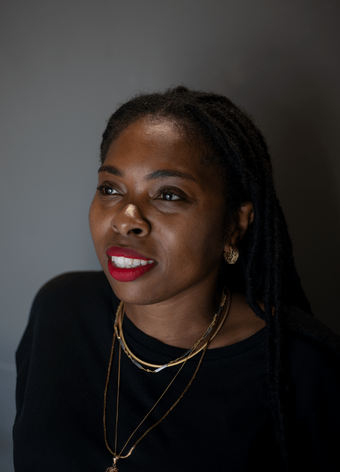
Ima-Abasi Okon
Photograph: Artor Jesus Inker├Č
Ima-Abasi Okon is a London and Amsterdam-based artist who works with sculpture, video, sound and installation. Okon was selected for her exhibition Infinite Slippage: nonRepugnant Insolvencies T!-a!-r!-r!-y!-i!-n!-g! as Hand Claps of MŌĆÖs HardŌĆÖLovedŌĆÖFlesh [IŌĆÖM irreducibly-undone because] ŌĆöQuantum Leanage-Complex-Dub at Chisenhale Gallery. The jury praised this highly accomplished installation, which included industrial air conditioners adapted to become hosts for a multi-channel sound piece.
Imran Perretta
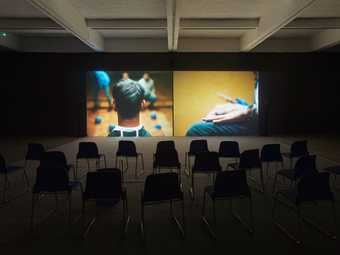
Imran Perretta, the destructors (2019). I
Installation view, Chisenhale Gallery, 2020. the destructors is produced by Chisenhale Gallery and Spike Island, Bristol, and commissioned by Chisenhale Gallery; Spike Island; the Whitworth, The University of Manchester; and BALTIC Centre for Contemporary Art, Gateshead. Courtesy of the artist.
Photo: Andy Keate.
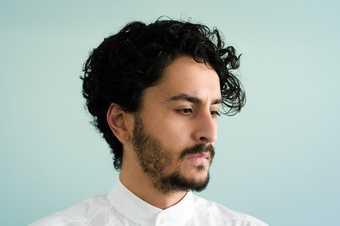
Imran Perretta
┬® R Hylton
Imran Perretta examines marginality and cultural histories through film, performance, sound and poetry. The London-based artist was commended by the jury for his powerful recent film, the destructors 2019, which reflects on his experiences as a young man of Bangladeshi heritage. It addresses the complexities of ŌĆścoming of ageŌĆÖ for south Asian men from Muslim backgrounds in the UK and explores the uncomfortable relationship between austerity and the War on Terror. The destructors was commissioned by and exhibited at Chisenhale Gallery, London; Spike Island, Bristol; the Whitworth, The University of Manchester; and BALTIC Centre for Contemporary Art, Gateshead.
Alberta Whittle
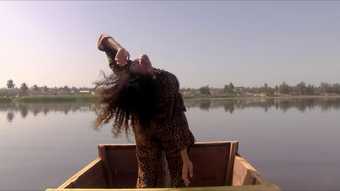
Still from between a whisper and a cry (2019, Alberta Whittle). Courtesy of the artist.
Alberta Whittle lives and works between Barbados, Scotland and South Africa. Rooted in the experiences of the diaspora, WhittleŌĆÖs work incorporates performance, video, photography, collage and sculpture to tackle anti-blackness and the trauma, memory and ecological concerns which come in the aftermath of slavery and colonialism. The jury were moved by WhittleŌĆÖs exhibition How Flexible Can We Make the Mouth at Dundee Contemporary Arts which thoughtfully focused on healing, writing and speech as means of self-liberation.
The 2020 jury
The members of the 2020 jury were: Richard Birkett, Curator at Large at the Institute of Contemporary Arts; Sarah Munro, Director of BALTIC Centre for Contemporary Art; Duro Olowu, designer and curator; and Fato┼¤ ├£stek, Director of Liverpool Biennial. The jury is chaired by Alex Farquharson, Director of Tate Britain.


